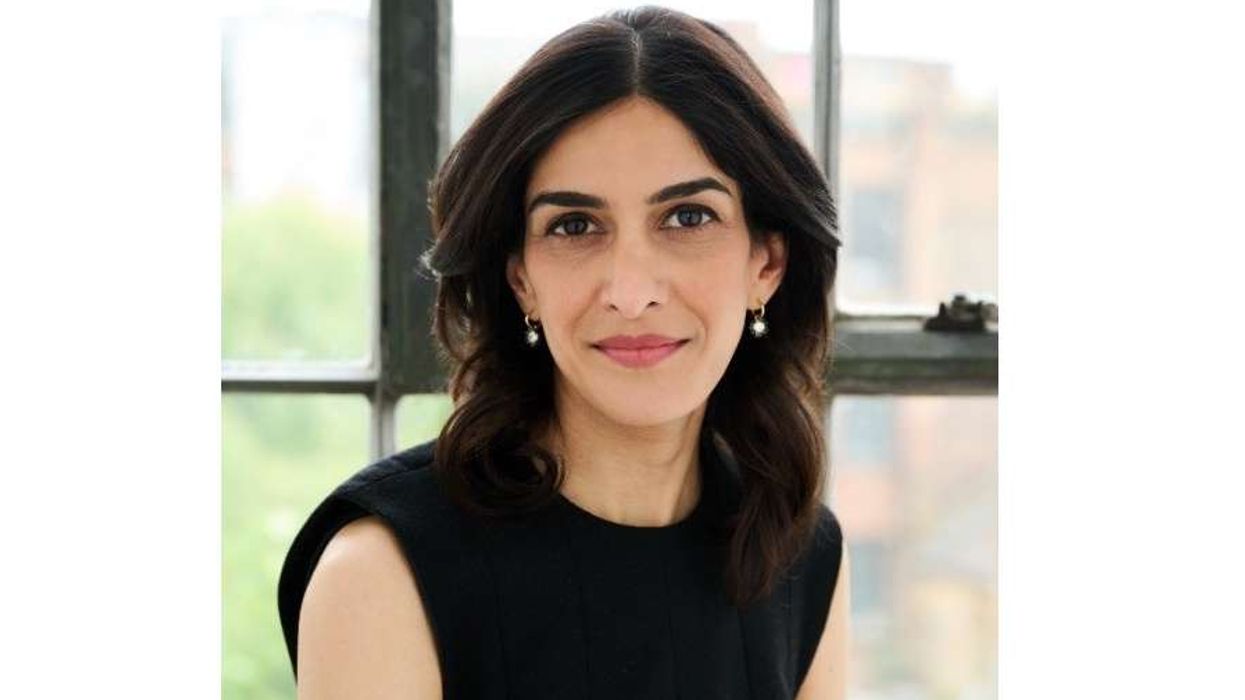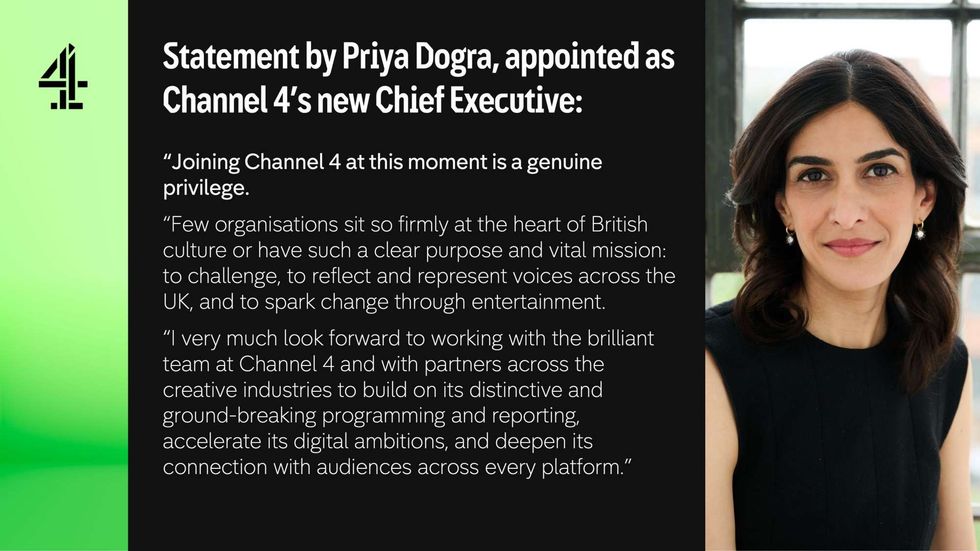Sequels have become a trend in Bollywood. Even if there’s no scope of taking the story forward, filmmakers try to cash on the franchise factor and make the part 2 and sometimes even part 3. While some of the sequels get a good response at the box office due to the franchise factor, the script surely fails to impress.
Today, we are going to look at the list of Bollywood sequels that failed to live up to the expectations.
Once Upon ay Time in Mumbai Dobaara!
Ajay Devgn, Emraan Hashmi, Kangana Ranaut, and Prachi Desai starrer Once Upon a Time in Mumbai was a fantastic film. The movie spoke about the underworld and impressed the audiences. The makers decided to make a sequel to it, where Emraan Hashmi’s character gets an older version in Akshay Kumar. But, the sequel failed to make a mark at the box office.
Welcome Back
2007 release Welcome was a laugh riot, from the first scene itself we were laughing out loud. But that didn’t happen in the sequel. Welcome Back was mounted on a huge scale but unfortunately, the makers didn’t concentrate on the script. Also, John Abraham couldn’t be funny like Akshay Kumar.
Kahaani 2
We are not saying that Vidya Balan starrer Kahaani 2 was not a good film. It was an amazing film and spoke about a very important issue like child abuse. However, as it was titled Kahaani 2, people expected that the sequel will be a suspense-thriller just like the first part. But, unfortunately, that suspense element was missing in it and that’s why audiences didn’t like it much.
Happy Phirr Bhag Jayegi
Mudassar Aziz’s Happy Bhag Jayegi starring Diana Penty, Jimmy Sheirgill, Ali Fazal, and Abhay Deol was a hilarious film. The makers decided to make it a franchise and got Sonakshi Sinha in the sequel. While they upped their game by making the production value better, but script-wise the sequel was strictly average.
Love Aaj Kal 2
Imtiaz Ali made a film titled Love Aaj Kal in 2009 and then in 2020, he made the film once again with the same title and the same concept about how love is different in two eras. The sequel bombed at the box office and it is clearly one of the worst films of 2020.
Race 2 & Race 3
Abbas-Mustan’s Race starring Saif Ali Khan, Akshaye Khanna, Bipasha Basu. Katrina Kaif and Anil Kapoor was an amazing suspense thriller. They decided to make Race 2 but it was quite predictable, and even Saif agreed that the sequel wasn’t as good as the first part. But then, the worst thing happened that producer Ramesh Taurani decided to take the franchise forward with Salman Khan and made Race 3. It was a bad film.
Rock On 2
Last but not the least; we have Rock On 2 on the list. The first instalment was a fantastic film and even the songs of the film are still remembered. However, the sequel, Rock On 2, failed to get good reviews and was a disaster at the box office.





 Priya Dogra named Channel 4 Chief Executive ahead of the broadcaster’s in-house push Linkedin/Priya Dogra
Priya Dogra named Channel 4 Chief Executive ahead of the broadcaster’s in-house push Linkedin/Priya Dogra  Channel 4 confirms Priya Dogra as its next leader during a wide digital shiftLinkedin/
Channel 4 confirms Priya Dogra as its next leader during a wide digital shiftLinkedin/ Priya Dogra arrive on the red carpet ahead of the "Madres Paralelas" screening during the 78th Venice Film FestivalGetty Images
Priya Dogra arrive on the red carpet ahead of the "Madres Paralelas" screening during the 78th Venice Film FestivalGetty Images 





